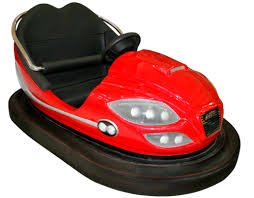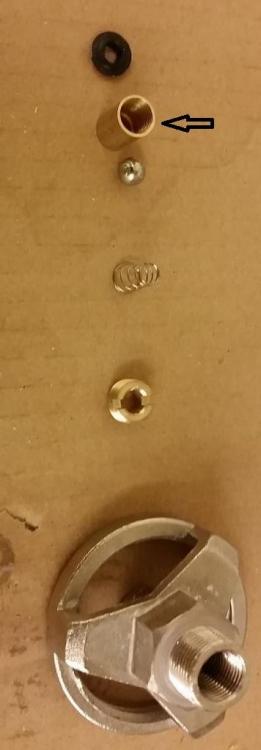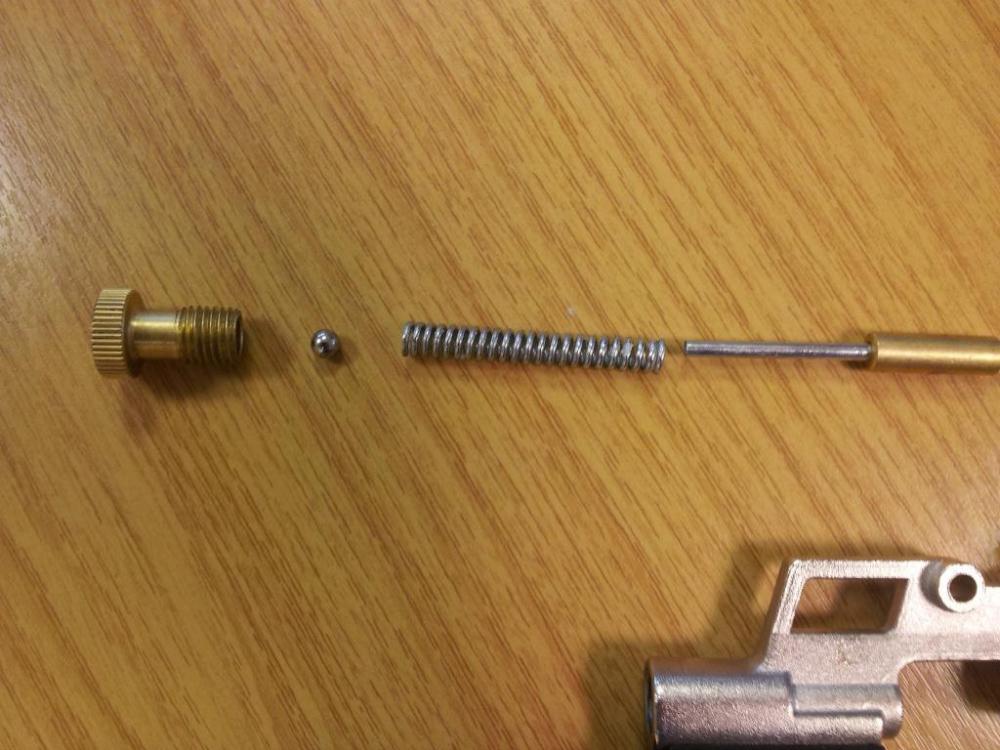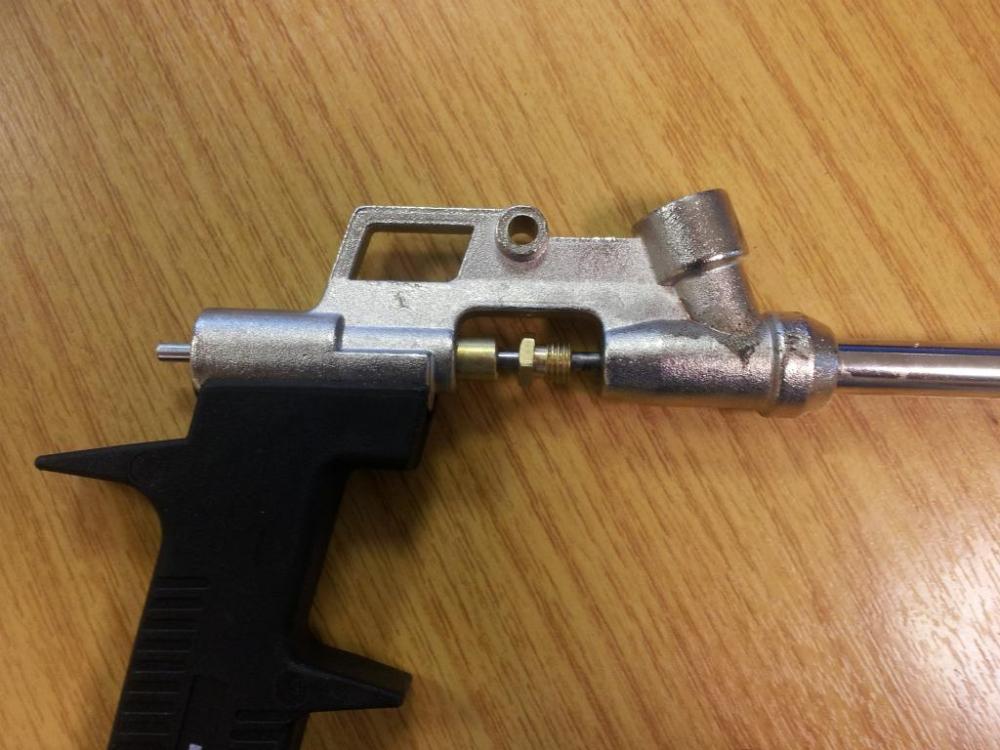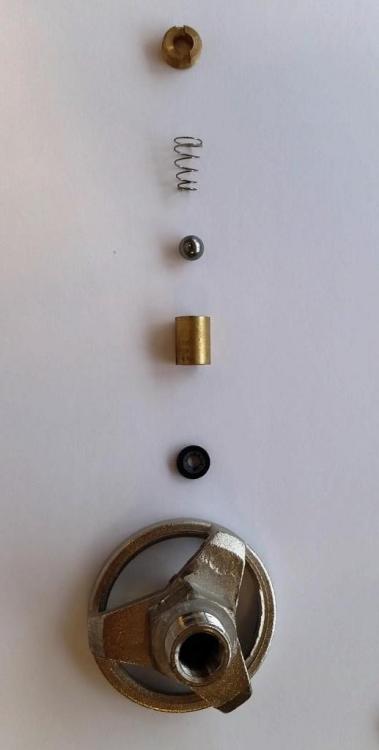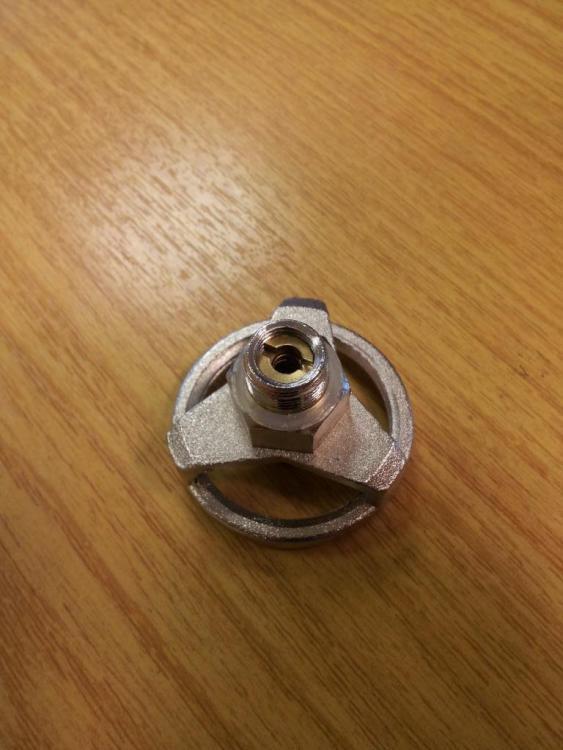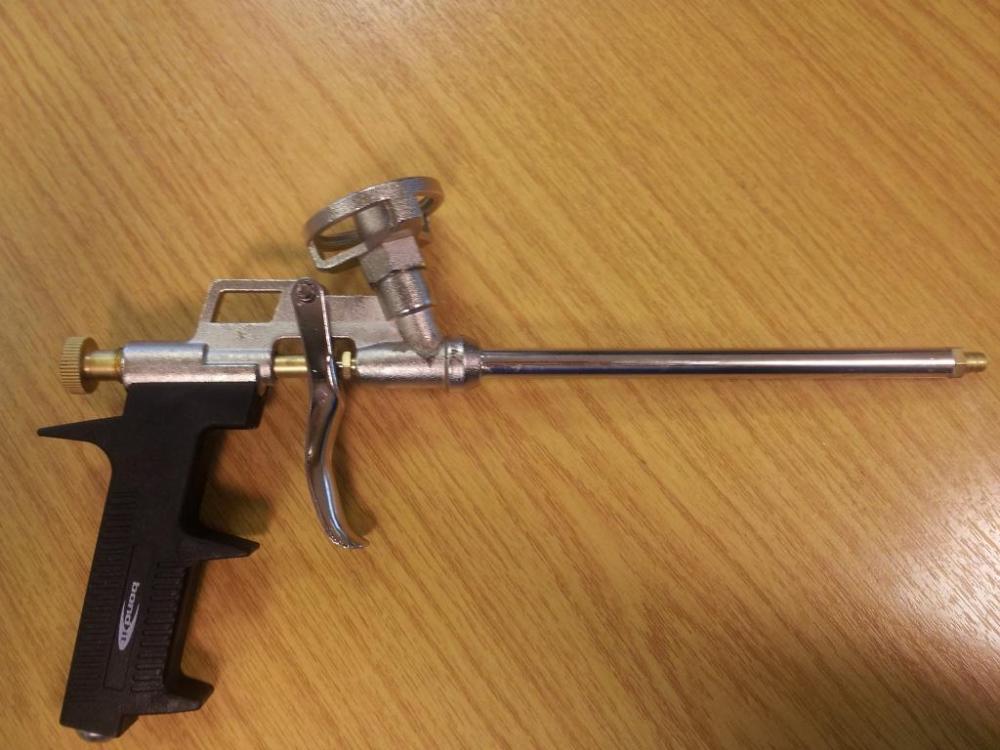Leaderboard
Popular Content
Showing content with the highest reputation on 09/06/19 in all areas
-
I often see posts here whereby people take the time to reply to a query or dilemma, then the original poster doesn’t seem to take the time or have the courtesy to share their outcome. So in relation to this query from me I did go back to Rationel who offered a small % discount, which still kept me over budget. Another approach resulted in a further small % discount, plus a small change to make 4 windows top hung rather than side hung (to secondary windows) pushed me just under budget. This keeps me with my first choice triple glazed alu clad, solar glazing. Just awaiting the kitchen quotes now.... thanks for those who offered ideas.4 points
-
Much has been written about the cost per m2 mans folk massaging figures We where due to take delivery today of the last of the landscaping materials Last big spend Which prompted my wife to go through the spread sheets and also with our vat claim being paid last Monday Get a final total of our spend While Ive kept track I have always said about roughly Hope to Well everything has been accounted for All fees and right down to tubes of silicone The only thing admitted was the purchase of the plot She has even included the materials I haven’t yet used on the quite expensive drive £14000 The grand total comes out at 812 per m2 If we had paid 10k for a kitchen instead of nearly double We would have dropped under the 800 Labour has been the key to keeping the costs down Or lack of it2 points
-
Talc also works for bald/shaven heads. If I have a sweaty head and I ask SWMBO to run the trimmers over it she puts talc on it and it stops the judder.2 points
-
The term "thermal mass" comes up time and time again on building related forums and discussions, yet as a parameter it has one notable feature - it does not really exist. There is no such thing as "thermal mass" and never has been. Mass is a simple physical property, in simple terms it's approximately how much a given volume of something weighs at the surface of the earth. This, in turn, depends on the density of the material. For example, here are some densities for some common building related materials, in terms of the weight at the Earth's surface for a 1m square cube of the stuff (1m2? Brick ~ 2000kg/m2 Concrete~ 2400kg/m2 Plaster and plasterboard ~ 2700kg/m2 Water ~ 1000kg/m2 Structural softwood ~ 550kg/m2 Typical hardwood ~ 700kg/m2 Granite ~ 2700kg/m2 On its own the mass of a given volume of material isn't that useful for working out how much heat it would take to either raise the temperature of the stuff, or for it to give off heat as it cools down. What we need to know is the specific heat of the material, expressed as the amount of heat energy (called sensible heat, which can be measured in Joules, J) needed to change the temperature of a certain mass (lets say 1m3 to match the data above) by 1 deg C (or more correctly a deg K, but it's the same thing for this purpose). So let's list the same materials as above, with the amount of heat energy we need to put into increase the temperature of 1kg of it by 1 deg ? Brick ~ 840 J/deg C Concrete ~ 880 J/deg C Plaster and plasterboard ~ 1080 J/deg C Water ~ 4200 J/deg C Wood ~ 1700 J/deg C (This is an average value, as the true range is dependent on variety, with a wide range, from 1200J/degC/kg to around 2300J/deg C/kg) Granite ~ 790 J/deg C So, if you want to create a house with the highest "thermal mass" (i.e. Heat capacity per unit mass, if that's a reasonable way of trying to define this unknown term), then here is a list of materials, with the highest heat capacity for 1 kg at the top, and lowest at the bottom: Water Wood Plaster or plasterboard Concrete Brick Granite You may well spot a few odd things here. The first is that you cannot build a house with water (but you can include water as a heat distribution or storage system). The second is that concrete, brick and stone aren't great materials in terms of storing heat for a given mass. Surprising, isn't it? Even more so when building professionals keep harping on about the virtues of so-called "thermal mass".1 point
-
I remember being mortgage free! Got three of the f***ers now. Wrong turns, roads not taken etc! ?1 point
-
That's an impressive return. I think I'm looking at around £80,000 - £85,000 mortgage with the value at £230,000, must be great to be mortgage free. I've never owned a house before and been living with my wife's family for five years.1 point
-
I’m 57 and have also worked to put my self in a position to do this build We managed to stay in our home and finance the build out of what we where earning We also had one eye on the final value Total including land was £407000 Value of completed house Is £750000 No mortgage or loan1 point
-
1 point
-
Just a small detail in regards to gable flashing onto timber cladding, I have found that leaving a small gap between the roof flashing and the timber stops water running down the timber, not sure if this is standard practice but I had one which was tight fitting and water was tracking onto the timber was causing unnecessary dampness and staining. On my glorified shed I stood the flashing off by 10mm+ and the water now tracks harmlessly down the lower side of the flashing and drips away. Small detail for a very specific application but may be of help to some. I used a small strip if wood tacked into the top of the timber cladding and under the flashing as a spacer to get a consistent gap.1 point
-
For environmental reasons I deliberately chose locally grown larch, and we have no regrets. We wanted a "rustic" look (a planning requirement - it was that or mega expensive local stone cladding) and the availability of very good value, locally grown, wide board (between 250mm and 300mm board width) larch at a very affordable price was the clincher. We paid far more for labour to cut and fix the cladding than we did for the timber. The local sawmill (at Ansty, 3 miles away: http://ridleysawmill.co.uk/ ) had a source of locally grown larch (from Fonthill estate, about 3 miles from their sawmill) and they took us to go and see the trees before they were felled, so we could choose the trees and see them marked with our name. We've had a bit of movement, and have needed to replace few fastenings, but movement has been less than we'd have had from oak, which was the only other option open to us (planners again). The sawmill have used a lot of this locally grown larch for years, and took us to see some of their customers. The oldest structure we saw was a ~60 year old bus shelter, clad in their larch, that still looked fine, it had just silvered to a lovely colour (IMHO). In my view, if this local larch can last at least 60 years with no treatment, then it's good enough for me, as I won't be around in 60 years...1 point
-
I won't loose sleep, buying from the quality source I have, I am sure they are all type approved and compliant.1 point
-
There's only one way to remove limescale from water, which is to remove the calcium and magnesium ions from the water, so that calcium and magnesium carbonates cannot form. There are two ways to do this, using an ion exchange resin, which swaps the calcium ions for sodium ions, or use reverse osmosis. The latter isn't well suited to volume water supplies, so that really leaves ion exchange. There are a multitude of different ion exchange systems around, that differ mainly in terms of physical size, whether they uses electricity or not to control the valves and regeneration process and the type of salt they use. The smaller units that don't need electricity are the Kinetico and the Harvey (both of which licence their technology to other companies). We have a Harvey and have found it to be reliable and effective, and it's supposed to have some advantages in its water metering system over the Kinetico, but I believe these are probably a bit marginal. Both are compact units that can fit (just) in a kitchen cabinet if need be, although we have ours in the services room. There are lots of other devices that claim to reduce the impact of limescale, using magnets, special catalytic elements, etc, but these don't actually remove anything. There is some limited evidence that they may slightly change the nature of the carbonates that precipitate out, making them less prone to sticking to stuff, but my own preference is to just remove the limescale completely. Some of the water conditioning devices that are marketed are simply snake oil, and use pseudo science to make them sound as if they are doing something magical. Finally there are phosphate dosing hard water treatment systems. These can work very well to stop limescale sticking to things, as although they don't remove it, they do reduce the impact it has on things like washing machines and dishwashers. They have the advantage of being cheaper to buy then something like the Harvey or Kinetico units, but they do need topping up with phosphate balls, that can be more expensive than salt.1 point
-
Dave, if you want to stick with Arduino, then the simplest method is to get yourself a Zigbee shield. There are a few marketed and YouTube videos on how to build ZigBee controlling projects. This way you can use standard Zigbee-controlled plugs. Less learning curve for you than using ESPs.1 point
-
Great effort an well done. My mortgage would be much less sphincter twitching if I could get near £812.1 point
-
The only I-beam frame constructions I know of have been built on insulated rafts. I would have thought a beam and block foundation could easily be made to look like a raft.1 point
-
1 point
-
Yes, I think so, although there's no indication inside the car when they come on, so I'm not sure whether they stay on when the car has stopped or not.1 point
-
Why is that? Our soleplate is a timber I-beam.1 point
-
1 point
-
Capitalization of units: it usually doesn't matter too much in practice but there is a standard which is followed by all scientific journals, etc, which is worth following to avoid the small possibility of confusion. Most accessibly: BIPM SI Brochure and Wikipedia. For capitalization in English and French the rules are pretty simple: 1) Names of units are written in lower case except in situations where any word would be capitalized (beginnings of sentences, titles, etc) even if the unit is named after a person. So meter, gram, watt, joule, pascal and so on. 2) Similarly, when spelled out, the prefixes for multiples and submultiples are written in lower case: mega, kilo, deca, milli, nano. 3) Symbols for units are written in lower case if they're not named after people (m (meter), g (gram), s (second), h (hour)) but initial capped if they're named after somebody (W (James Watt), J (James Prescott Joule), Pa (Blaise Pascal)). 4) The prefix symbols are lower case for prefixes up to and including a thousand (p (pico), n (nano), μ (micro), m (milli), c (centi), h (hecto), k (kilo)) but initial capped for multiples of a million and larger (M (mega), G (giga), T (tera). So the symbol for kilowatt-hour is kWh (or kW·h). All other capitalizations are non-standard. Some odd cases: It's a “degree Celsius”. The unit is the degree; “Celsius” here is not a unit name but the name of the scale (so a proper noun which, following the normal rules, is capitalized) being used adjectivally to say what sort of degree it is. But a kelvin is a unit so it's 300 K or 300 kelvin, not 300 °K or 300 degrees Kelvin. The symbol for the litre is formally “l” (lower case letter el) but many people and some national standards prefer to use uppercase “L” to avoid confusion of the letter with the digit one. I don't know what the appropriate symbol capitalization for the prefix kibi (x 1024) is, whether it's ki or Ki. I've seen both in use.1 point
-
The brakes still come on sometimes, it's just that there's no need to press the brake pedal, as lifting off the accelerator either uses regenerative braking, or applies the brakes, as needed. I'm not sure how it decides whether to apply the brakes or use regen, probably a mixture of speed and how far my foot has lifted off the accelerator pedal. The braking effect if you lift your foot right off the accelerator is pretty strong, and took some getting used to at first. I'd guess that the brake wear will be much like that on the Prius, very low. The Prius I did the most mileage in had around 60% brake pad wear after about 65,000 miles, so I'd guess it would do around 100,000 miles before the brakes needed attention. The i3 is probably much the same, I think.1 point
-
Painting also isn't of any help if you don't want a painted finish!1 point
-
It was nearly 5 years ago, but I'm certain we paid more for Siberian than was on offer for UK-sourced. That said, I also recall that we went for the higher grade stuff with limited knots (and maybe longer average length boards). Maybe that's where the premium was. Just looked at Russwood's site (that's where we got ours). Siberian is notably more expensive than Scottish: That said, I can't understand why would anyone pay a premium for less dense and less durable English larch when the Siberian stuff is of notably better quality (assuming similar grade)?1 point
-
There's some photos of our passive insulated slab going down here (they are all much of a muchness in the way they are laid): http://www.mayfly.eu/2013/10/part-sixteen-fun-and-games-in-the-mud/1 point
-
Not all, now I have to put up with millennium snowflake parents with their overly cherished offspring. There is nowhere left to be a free minded adult anymore.1 point
-
We got samples of British and Siberian larch months before we need them and left them outside to see what happened. The British (Scottish, maybe?) one curled up like a leaf. The Siberian one hardly moved. We paid the extra for the Siberian and were glad we did.1 point
-
An end to the tale. The bank (who sit behind the credit card I used) requested an independent report on the incomplete works & quote to remediate. I used the fitter who installed it all on behalf of the supplier and was left seriously out of pocket when they folded (N.B. they have miraculously arisen again from the ashes, trading as a supply only firm). Bank have agreed to settle for the amount on his quote as full & final closure of issue so I'm happy, as is the fitter. If I were cynical, I could have inflated his quote by a few £ and pocketed the difference - they're taking it at face value. But I'm not1 point
-
1 point
-
We did all ours in situ with no issues. The Osmo oil is fairly thick stuff, so it doesn't tend to drip. We just slid old newspapers under each door, just in case.1 point
-
1 point
-
Use of oil does not help due to CO2 emissions. Also, unless instructed to do so, the assessor has been very lazy in adopting the default values for linear thermal bridging (2a) and no air leakage test (3). The detailed analysis of the linear thermal bridging is time consuming (=costly) but something I always do as the default y-value of 15 is a real pain to overcome. Similarly not doing the air pressure test is false economy. There are a couple of other items open to question but without more detail I cannot comment.1 point
-
I used Osmo Door Oil and found it to be very good, but expensive. Looking at a spare tin here, it's labelled "3060 Clear Satin", so the same as the stuff in your link. I believe that our doors are very similar to yours.1 point
-
Not missed anything, looks like a fail to me. My guess is that the oil heating is one reason, as a high fuel factor for oil won't be helping. The space heating requirement is pretty massive for a house of this size, it's around ten times higher than ours, so improving insulation would help a fair bit. The wall, floor and opening U values look high, should be pretty easy to get the floor and opening U values down to something a bit more reasonable, I'd have thought. I'd not contemplate fitting UFH with that high a floor U value, either, as the losses to the ground will be relatively high.1 point
-
Although no MVHR using default (15m3/m2/hr@50Pa) ventilation rate seems excessive1 point
-
1 point
-
https://www.thefloorheatingwarehouse.co.uk/acatalog/Grooved-Cement-Boards.html1 point
-
Yes, that's correct. We installed a Jupiter Proprietary installation system - see attached. the ECO-100 PI in the bedrooms with engineered wood floors and the ECO-400 PI in the bathrooms with porcelain tiled floors. It was a relatively expensive option, but the Jupiter system also give some measure of acoustic properties as well,. SWSBO wanted comfort and we both believed that the type of house we built (320m2 in a high value residential area) required UFH on the 1st Floor if we ever decide to sell. It does provide a added measure of comfort, though for most of the time with individual room temperature control, which for the most part is set to provide heat to the Master Bed and ensuite, unless we have visitors (family, grandkids...). l believe there are other BH who decided against fitting upstairs UFH, even if it was only bathrooms, and wish they could revisit that decision! We have experienced no creaks and groans. It operates at a very low temperature . We didn't fit any kind of heating on the 2nd Floor but did install plumbing for future installation of heating. We have the study and a play room/media room on the 2nd floor and it the temperature is acceptable in winter. ECO-10U Pt E.pdf ECO-40U Pt E.pdf1 point
-
I had a lot of trouble finding anyone that would do what I wanted. I wanted more insulation than a "standard" TF and I did not want the standard concrete block outer skin that adds almost nothing to the insulation. I tried talking to Scotframe about using a standard frame and adding extra insulation to it, they refused to quote. In the end it was designed by a local architectural engineer and detailed by a structural engineer and built to those drawings and erected by a local small building firm.1 point
-
Don't know for sure, but certainly when I spoke to ProWarm tech support last year about their 18mm dry screed boards they said I'd need a floating chipboard floor between the insulation and the panel, as the insulation alone wouldn't be firm enough.1 point
-
I believe one of the motivations for introducing stop-start systems wasn't fuel saving, but a reduction in air pollution. The test cycle for emissions included time spent stationary, as this is considered to be a significant cause of urban air pollution, and the manufacturers realised that having the engine turn off during the idle periods of the ECE test cycle reduced their overall emissions. The fuel saving argument was put forward to sell the stop-start feature to consumers. Whether fuel is really saved will depend very heavily on the pattern of use, but there are definitely some cases where there is a significant fuel saving, like hybrids, where the ICE can remain off for long periods when driving on congested urban roads. The EU emission test cycles are: Characteristics Unit ECE 15 EUDC NEDC† Distance km 0.9941 6.9549 10.9314 Total time s 195 400 1180 Idle (standing) time s 57 39 267 Average speed (incl. stops) km/h 18.35 62.59 33.35 Average driving speed (excl. stops) km/h 25.93 69.36 43.10 Maximum speed km/h 50 120 120 Average acceleration1 m/s2 0.599 0.354 0.506 Maximum acceleration1 m/s2 1.042 0.833 1.042 † Four repetitions of ECE 15 followed by one EUDC 1 Calculated using central difference method1 point
-
There's some stuff on my blog that may be of help: The passive slab: http://www.mayfly.eu/2013/10/part-sixteen-fun-and-games-in-the-mud/ The start of the frame erection: http://www.mayfly.eu/2013/10/part-seventeen-day-one-of-the-build/ The end of frame erection: http://www.mayfly.eu/2013/10/part-eighteen-a-house-in-4-12-days/ Blowing in the insulation: http://www.mayfly.eu/2013/11/part-twenty-one-putting-in-the-insulation/ The stuff I submitted to BC, which includes a section drawing: http://www.mayfly.eu/2013/09/part-fifteen-the-site-is-finally-ready/1 point
-
siberian larch and cedar are the two most popular around us at graven hill. English larch tends to be less ideal for external cladding as it is grown faster, resulting in a weaker material due to less dense growth rings. As it is already a soft wood that isn't ideal. Fir I have less experience in. We used siberian larch and got it from Mill Works at £3/m IIRC (you'll want to speak with Steven), hence we went with broader profiles to save on m2 costs. they can also supply the wood pained to any RAL colour. an additional £3/m. if your elevations are within 6m of your boundary (or center of the road for the elevation(s) facing the street), you'll need to consider fire protection on some or all the cladding material. thankfully this can be applied in the factory too at £3.50.1 point
-
We should just measure all energy in the derived SI unit of joules (or kJ, MJ, GJ, EJ). Would make life so easy to compare then. Seems barmy to me that we sell bottled gas by the kg, liquid fuels by the litre, coal by the sack, timber by whatever someone want so to quite (bag, tonne, cubic foot, lorry load). No wonder people are confused. We can label food with kJ, why not the rest of the energy market. And don't get me started on BOE, Therms and what Americans use.1 point
-
1 point
-
Yes, I think that's a major disadvantage with the sleek, pristine modern look. Next house(!) I'll be incorporating a lot of reused materials and going for more of a lived-in vibe.1 point
-
Don’t worry, treat this like a sequel .... or prequel as he bought the bits before he started the bathroom .....1 point
-
A few items I added recently: Ceiling sprinklers (fire) Outlet for christmas lights under eaves Hidden Safe, ideally in hallway so you can grab important stuff while running out (fire) Switched outlets for lighting in garden Outside faucet with hot water for washing the dog, filling swimming pool gas line to shed for that BBQ Extra Water supply line for irrigation Floor drain in bathrooms Floor drain in garage (washing the car, boots) Dumbwaiter Hidden Power Sockets in floor of larger rooms. Don't want to run power to center - trip hazard Light + Jamb switch in closets Roof Angle: 32 deg for optimal solar Mini secondary staircase - safety and also convenience Micro Shower in garage. If you ever want to convert to airbnb, but also to wash the kid, dog. Tiny hidden room - ok this is just for fun, but there could well be tiny spaces left over, and I wouldn't mind a 1.5x2 room with just a comfy seat, some bookshelves and a TV stapled to the door (obviously ethernet) Integrated Pest Control - lots of design choices are possible to stave off pests Pests Building Guide Led lights on some switches - we keep on forgetting the light in the garage, for example. Psychology knows why1 point
-
1 point
-
The easiest way is to use a credit card to cover a small deposit, say £100, that for purchases will cover payments up to 30k under Section 75 of the Consumer Credit Act. You will need to ensure that the total invoice is less than 30k (potentially by splitting it into 2 transactions). If you do that I would suggest that the invoice dates aren’t the same. There are a number of companies that still won’t provide the ability to pay by credit card unfortunately but it does provide you with the best protection at zero cost to you.1 point

.jpg.c21f3ac78c9b7efd90cbdcb312744dc5.thumb.jpg.7adcad4c0e384f5ecd7d56b0618df6e5.jpg)




.thumb.jpg.bac90f3bbf6868cf2118d010d936c99d.jpg)



